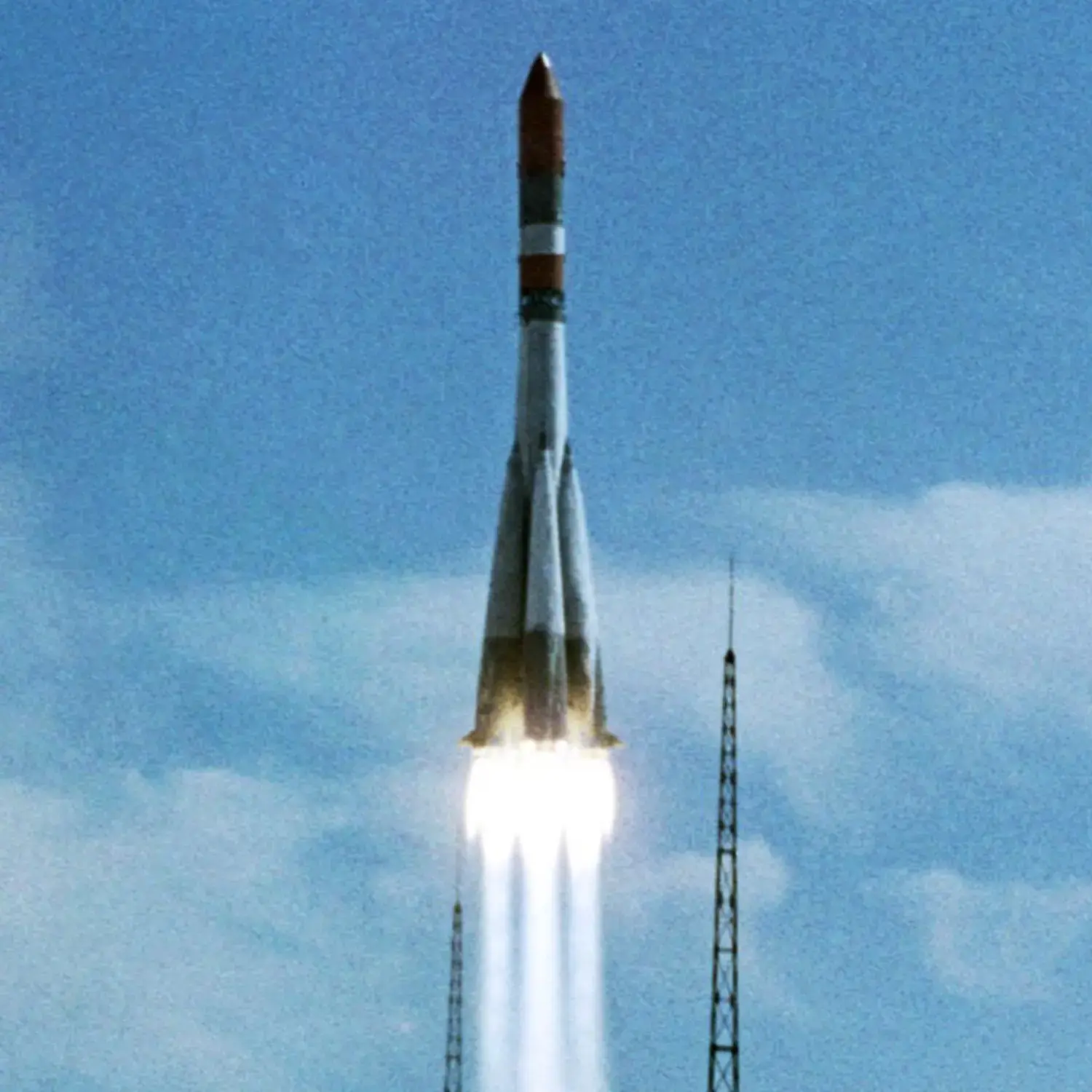Venera 7
Launch Success
Liftoff Time (GMT)
05:38:22
Monday August 17, 1970
Mission Details
Launch Notes
First flight of Molniya-M /Block NVL. First spacecraft to land on Venus.
Venera 7
Venera 7 (Russian: Венера-7, meaning Venus 7) was a Soviet spacecraft, part of the Venera series of probes to Venus. When it landed on the Venusian surface on 15 December 1970, it became the first spacecraft to soft land on another planet and first to transmit data from there back to Earth. The lander was designed to be able to survive pressure of up to 180 bars (18,000 kPa) and temperatures of 580 °C (1,076 °F). This was significantly greater than what was expected to be encountered but significant uncertainties as to the surface temperatures and pressure of Venus resulted in the designers opting for a large margin of error. The degree of hardening added mass to the probe which limited the amount of mass available for scientific instruments both on the probe itself and the interplanetary bus. The interplanetary bus carried a solar wind charged particle detector and a cosmic ray detector. On the lander there were temperature and pressure sensors as well as an accelerometer to measure atmospheric density. The probe also carried a radar altimeter.
Heliocentric Orbit
1 Payload
1,180 kilograms
Rocket


Manufacturer
RKK EnergiyaRocket
Height: 44.63m
Payload to Orbit
LEO: 6,200 kg
GTO: 2,400 kg
Liftoff Thrust
4,391 Kilonewtons
Fairing
Diameter: 2.58m
Height: 7.14m
Stages
4
Strap-ons
4
Launch Site
Stats
Molniya-M
23rd
Mission
3rd
Mission of 1970
RKK Energiya
504th
Mission
46th
Mission of 1970
1970
66th
Orbital launch attempt